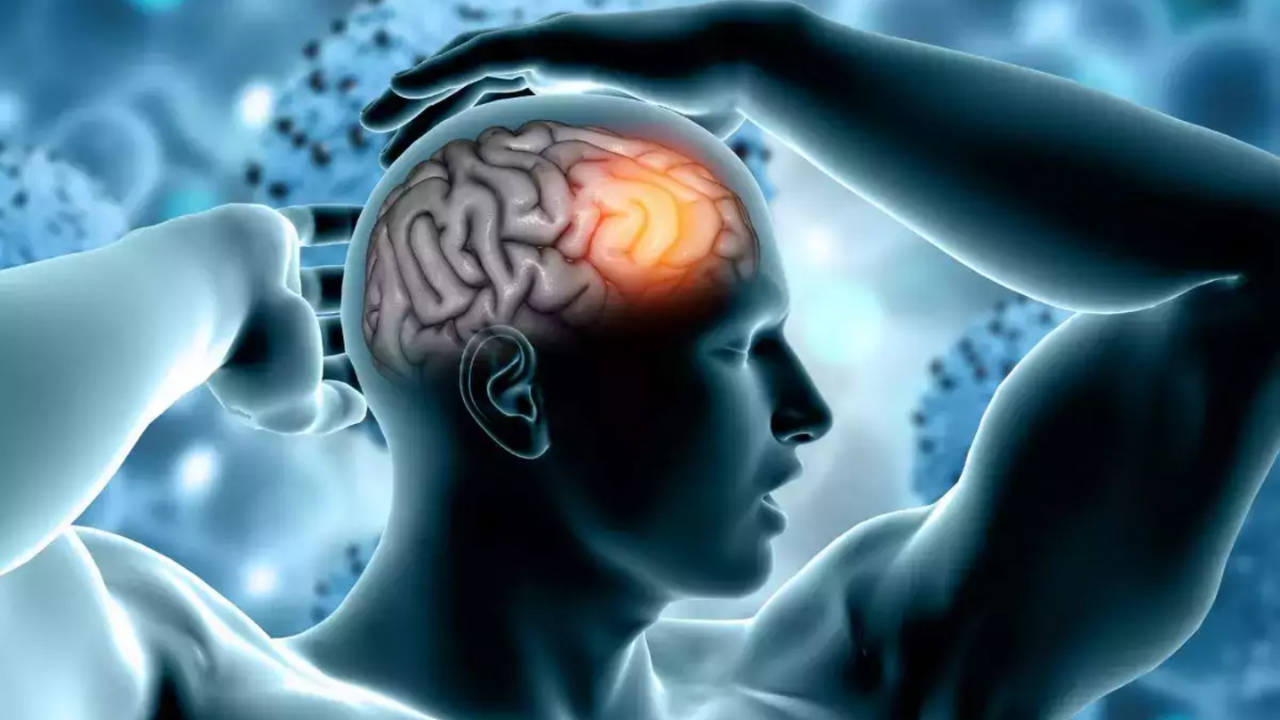NEW DELHI: A new study has shed light on how the brain imagines future outcomes to guide decisions and researchers says a deeper understanding of these brain mechanisms could ultimately improve the treatment of disorders affecting decision-making abilities. Researchers said that an interplay between the prefrontal cortex, important for planning and decision-making, and hippocampus, which helps form and store memories, allows us to imagine outcomes to help guide our decisions – similar to how a chess player envisions sequences of moves before committing to one.
“The prefrontal cortex acts as a ‘simulator’, mentally testing out possible actions using a cognitive map stored in the hippocampus,” study author Marcelo Mattar, an assistant professor in New York University’s Department of Psychology, said.
“This research sheds light on the neural and cognitive mechanisms of planning – a core component of both human and animal intelligence. A deeper understanding of these brain mechanisms could ultimately improve the treatment of disorders affecting decision-making abilities,” Mattar said.
The findings are published in the journal Nature Neuroscience.
For the study, the researchers developed a model predicting brain activity during planning, which was corroborated using data from humans and laboratory rats. The model was based on an artificial neural network, a type of artificial intelligence (AI)algorithm that learns complex patterns based on given data.
The model “imagined the potential futures” by imitating interactions between the prefrontal cortex and hippocampus. The researchers explained that these neural processes help us adapt rapidly to changing environments, such as taking a detour after finding that a road is blocked.
To check how well this model is able to predict human behaviour, the team assessed them while navigating an online maze, including the time they took to think before each step.
This behavioural data, taken from humans, were compared with neural recordings of rats navigating a physical maze (resembling the online one), which helped the researchers understand the role of the hippocampus – the memory house – in planning.
The team found that these results were in line with those coming from the AI-based model. They found that in the experiments with humans, the participants’ brain activity revealed that more time was spent thinking before acting while navigating the maze. This was corroborated by results from the experiments with laboratory rats, where the animals’ neural responses in moving through the maze resembled the model’s simulations.
“Overall, this work provides foundational knowledge on how these brain circuits enable us to think before we act in order to make better decisions,” said Mattar.
“The prefrontal cortex acts as a ‘simulator’, mentally testing out possible actions using a cognitive map stored in the hippocampus,” study author Marcelo Mattar, an assistant professor in New York University’s Department of Psychology, said.
“This research sheds light on the neural and cognitive mechanisms of planning – a core component of both human and animal intelligence. A deeper understanding of these brain mechanisms could ultimately improve the treatment of disorders affecting decision-making abilities,” Mattar said.
The findings are published in the journal Nature Neuroscience.
For the study, the researchers developed a model predicting brain activity during planning, which was corroborated using data from humans and laboratory rats. The model was based on an artificial neural network, a type of artificial intelligence (AI)algorithm that learns complex patterns based on given data.
The model “imagined the potential futures” by imitating interactions between the prefrontal cortex and hippocampus. The researchers explained that these neural processes help us adapt rapidly to changing environments, such as taking a detour after finding that a road is blocked.
To check how well this model is able to predict human behaviour, the team assessed them while navigating an online maze, including the time they took to think before each step.
This behavioural data, taken from humans, were compared with neural recordings of rats navigating a physical maze (resembling the online one), which helped the researchers understand the role of the hippocampus – the memory house – in planning.
The team found that these results were in line with those coming from the AI-based model. They found that in the experiments with humans, the participants’ brain activity revealed that more time was spent thinking before acting while navigating the maze. This was corroborated by results from the experiments with laboratory rats, where the animals’ neural responses in moving through the maze resembled the model’s simulations.
“Overall, this work provides foundational knowledge on how these brain circuits enable us to think before we act in order to make better decisions,” said Mattar.

